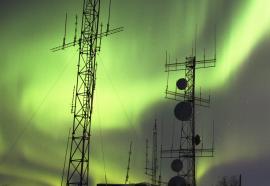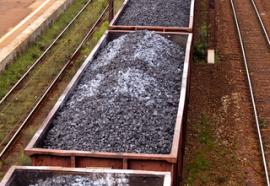Redefining Normal Temperatures
Resource planning and forecasting in a changing climate.
Utility planners depend on an accurate estimate of normal weather to forecast resource needs and costs. But as the climate changes, so must the definition of ‘normal.’






